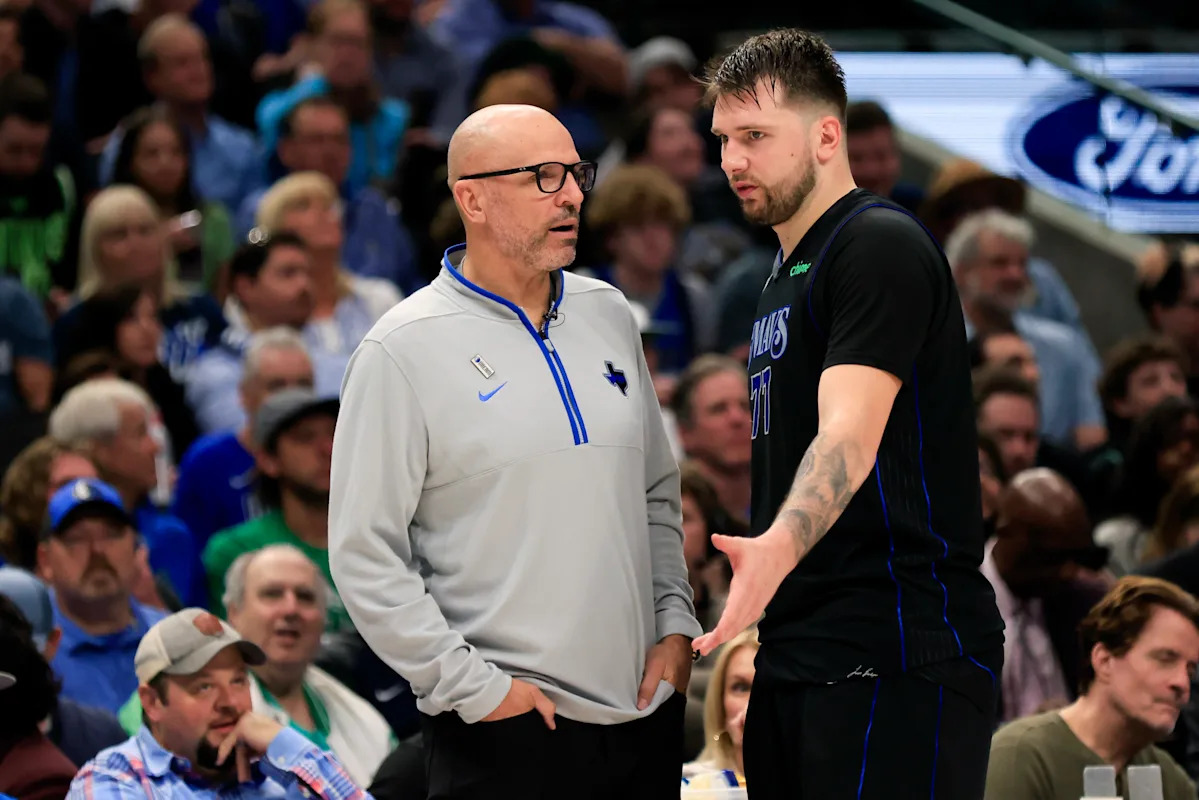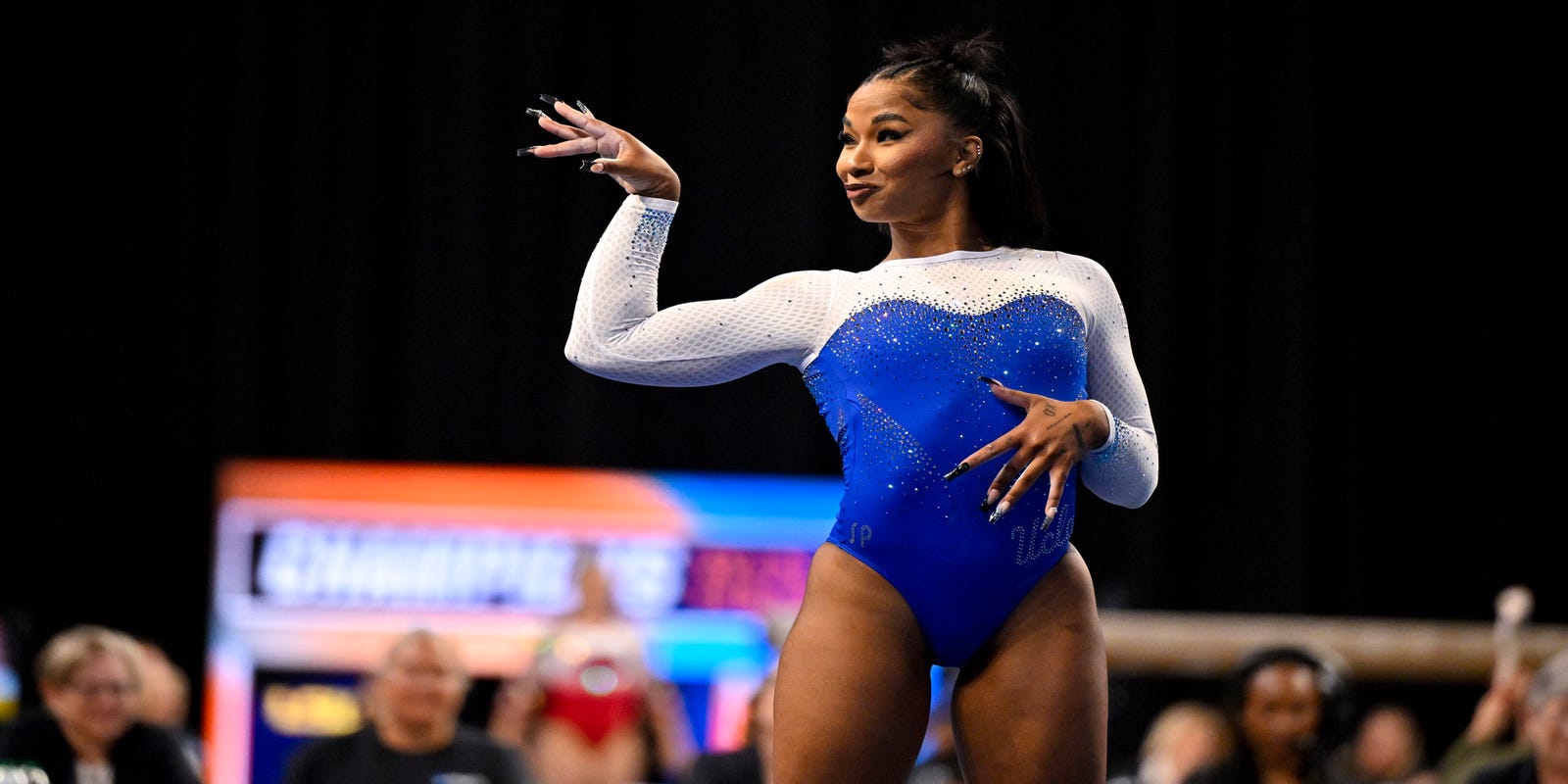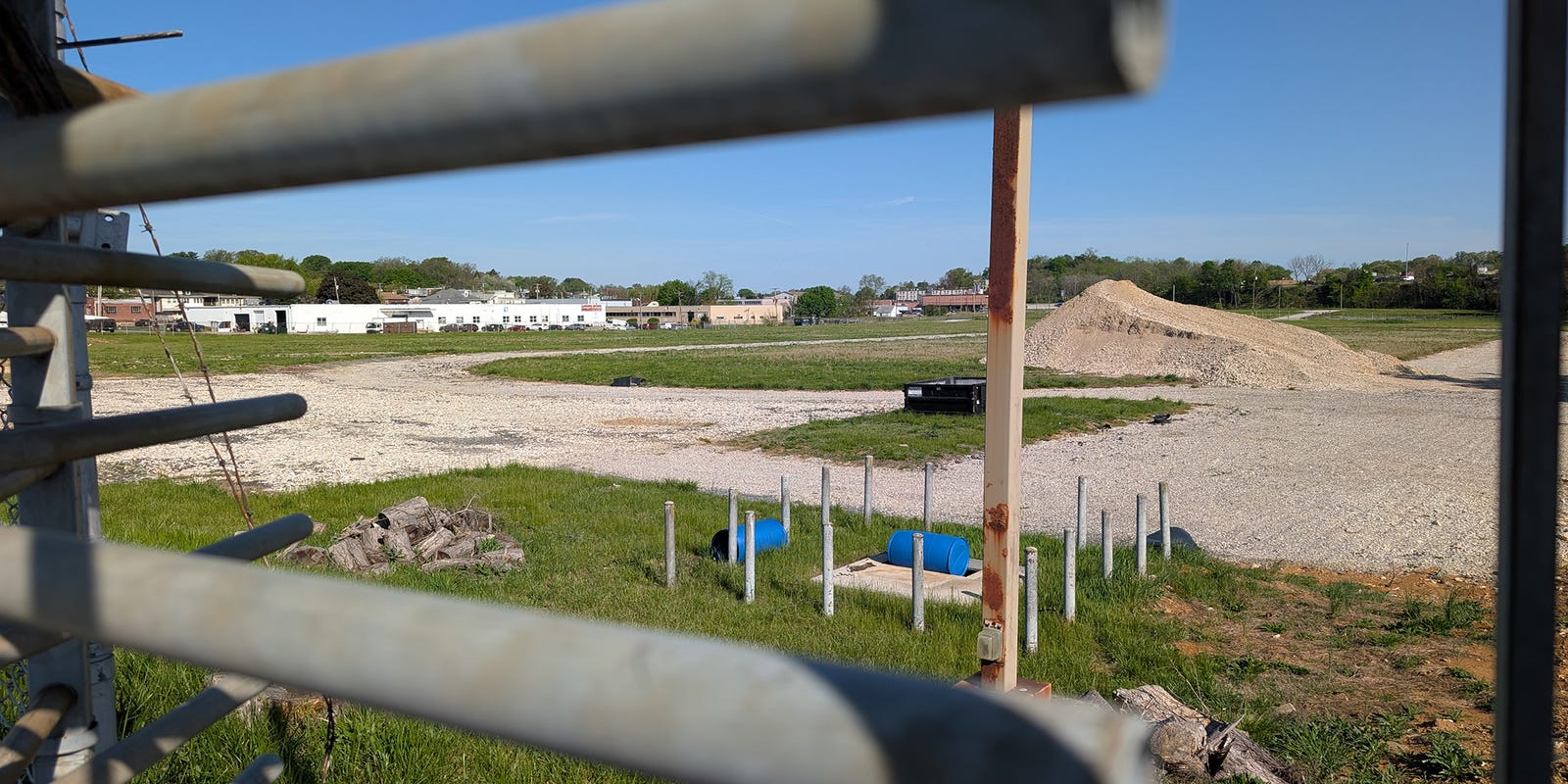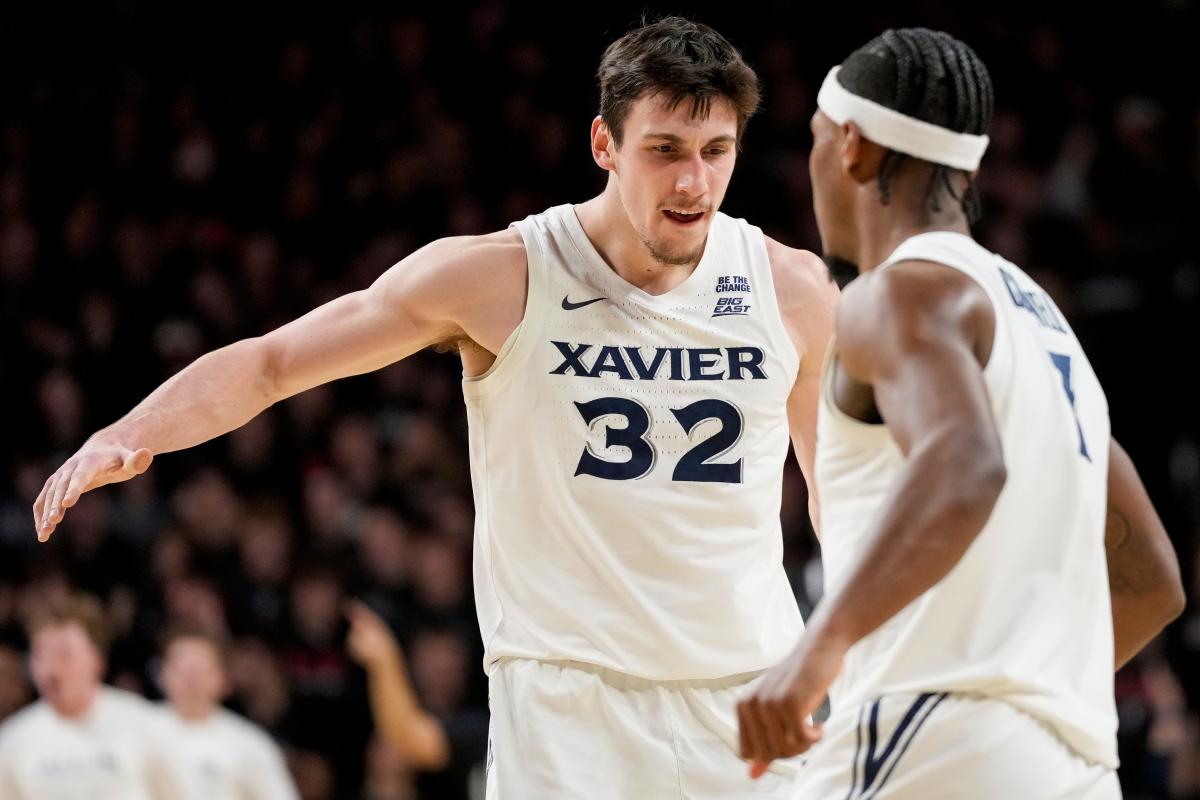Sports
2025-04-08 22:55:22
Content

A growing concern among medical professionals is the rising trend of repetitive strain injuries among young athletes. Pediatric sports medicine specialists are witnessing an alarming surge in overuse injuries that are increasingly affecting children and teenagers.
These injuries predominantly target critical joint areas, with the most common sites being knees, shoulders, elbows, and ankles. Young athletes participating in intense, year-round sports training are particularly vulnerable to these chronic stress-related conditions. The repetitive motions and constant physical strain are taking a significant toll on developing bodies.
Experts warn that the specialized, high-intensity training regimens many young athletes now follow are contributing to this troubling trend. Unlike previous generations, today's youth are more likely to specialize in a single sport at an early age, practicing extensively and competing frequently throughout the year.
Parents and coaches are being urged to recognize the signs of potential overuse injuries and implement strategies to prevent long-term damage. This includes promoting proper rest, varied physical activities, and listening to young athletes' physical discomfort signals.
Youth Sports Epidemic: The Silent Strain on Young Athletes' Bodies
In the high-stakes world of youth athletics, a concerning trend is emerging that threatens the physical well-being of young competitors. Medical professionals are sounding the alarm about an unprecedented rise in repetitive stress injuries among adolescent and teenage athletes, revealing a complex landscape of physical and psychological challenges that demand immediate attention and comprehensive intervention.
Breaking Point: When Passion Meets Physical Limitations
The Anatomy of Overuse: Understanding Repetitive Stress Injuries
Modern youth sports have transformed from recreational activities into intense, year-round competitive pursuits. Young athletes are increasingly specializing in single sports at earlier ages, subjecting their developing bodies to repetitive motions that can cause significant long-term damage. Orthopedic specialists are witnessing a dramatic surge in injuries targeting critical joint systems, with knees, shoulders, elbows, and ankles bearing the brunt of this physiological stress.
The human body, particularly during adolescence, undergoes complex developmental processes. Repeated high-intensity training can interrupt natural growth patterns, creating microscopic traumas that accumulate over time. These repetitive stress injuries are not merely temporary setbacks but potential catalysts for chronic conditions that may impact an athlete's future mobility and athletic potential.
Psychological Dimensions of Athletic Pressure
Beyond physical manifestations, the surge in overuse injuries reflects deeper psychological dynamics within youth sports culture. Young athletes face unprecedented pressures from multiple stakeholders - parents, coaches, peers, and increasingly, social media expectations. The pursuit of athletic excellence has become a high-stakes emotional landscape where physical boundaries are frequently challenged and sometimes deliberately ignored.
Competitive environments often normalize pushing beyond natural physical limits, creating a dangerous narrative that equates pain with progress. This mindset not only increases injury risks but can also lead to long-term psychological consequences, including burnout, diminished self-worth, and potential mental health challenges.
Technological and Medical Interventions
Emerging medical technologies and sophisticated diagnostic tools are providing unprecedented insights into preventing and managing youth sports injuries. Advanced biomechanical assessments, personalized training protocols, and comprehensive recovery strategies are becoming essential components of modern athletic development.
Sports medicine professionals are developing holistic approaches that integrate physical therapy, nutritional guidance, and psychological support. These multidisciplinary interventions aim to create sustainable athletic development models that prioritize long-term athlete health over short-term competitive achievements.
Systemic Recommendations for Sustainable Athletic Development
Addressing the youth sports injury epidemic requires collaborative efforts from multiple stakeholders. Educational institutions, sports organizations, medical professionals, and families must work together to establish comprehensive guidelines that protect young athletes' physical and mental well-being.
Recommended strategies include implementing mandatory rest periods, promoting multi-sport participation to prevent repetitive stress, and developing age-appropriate training protocols that respect individual physiological development. These approaches can help create a more balanced, health-conscious athletic ecosystem that nurtures young talent without compromising long-term physical integrity.
Economic and Social Implications
The rising trend of youth sports injuries carries significant economic and social ramifications. Increased medical interventions, potential long-term treatment costs, and the psychological impact on young athletes represent substantial challenges for families, healthcare systems, and sports organizations.
By recognizing and proactively addressing these complex dynamics, communities can develop more sustainable approaches to youth athletic development that balance competitive aspirations with comprehensive health considerations.









